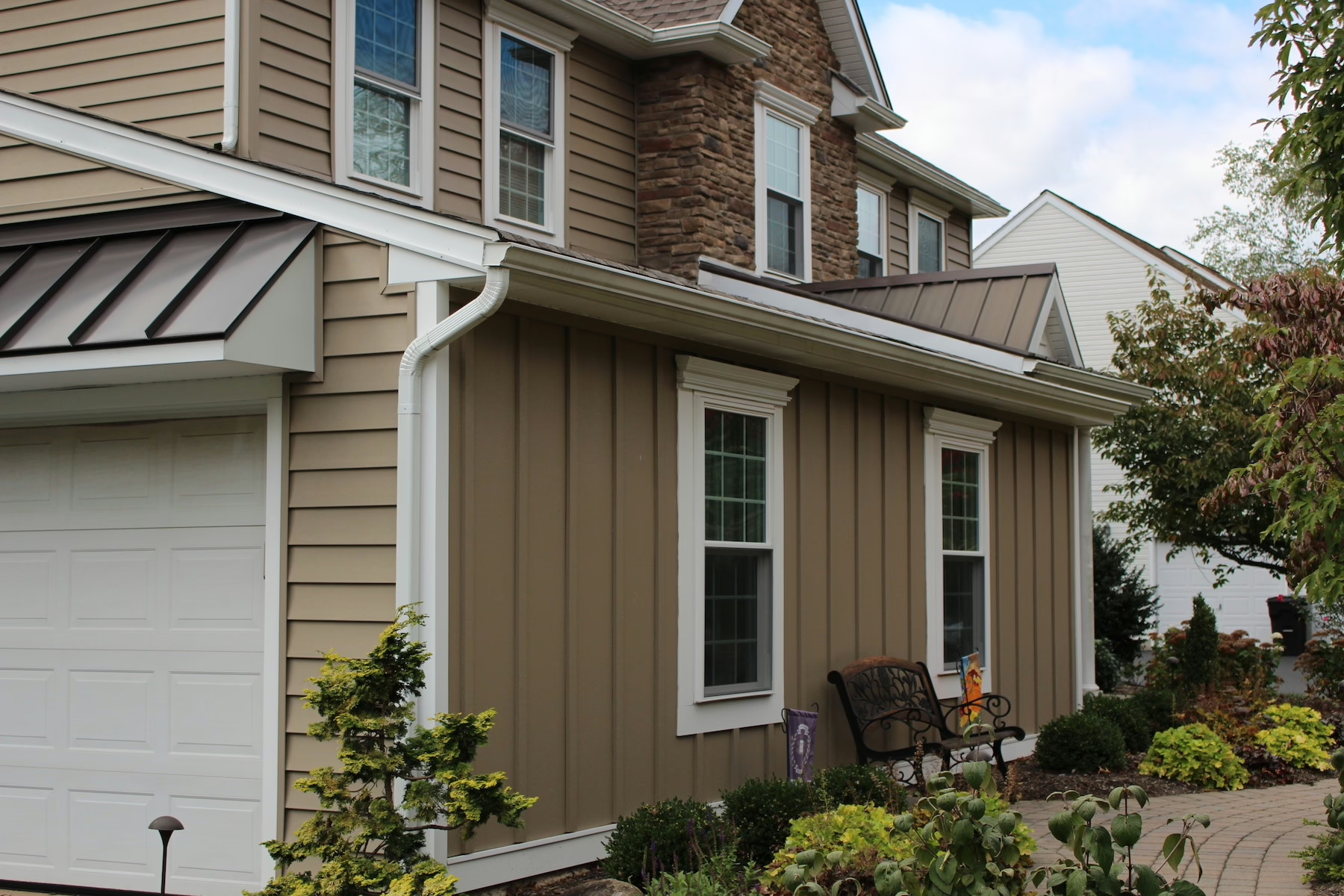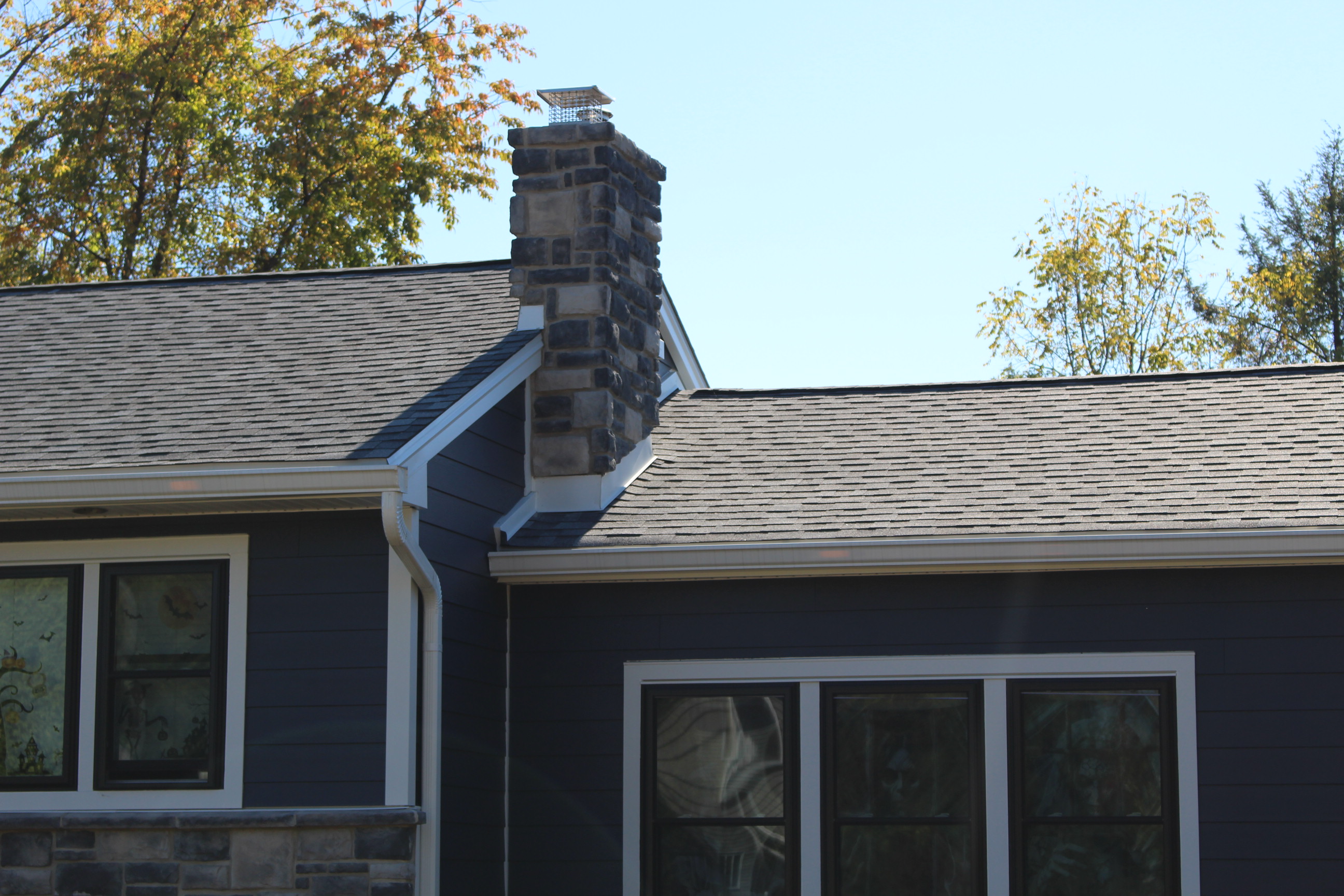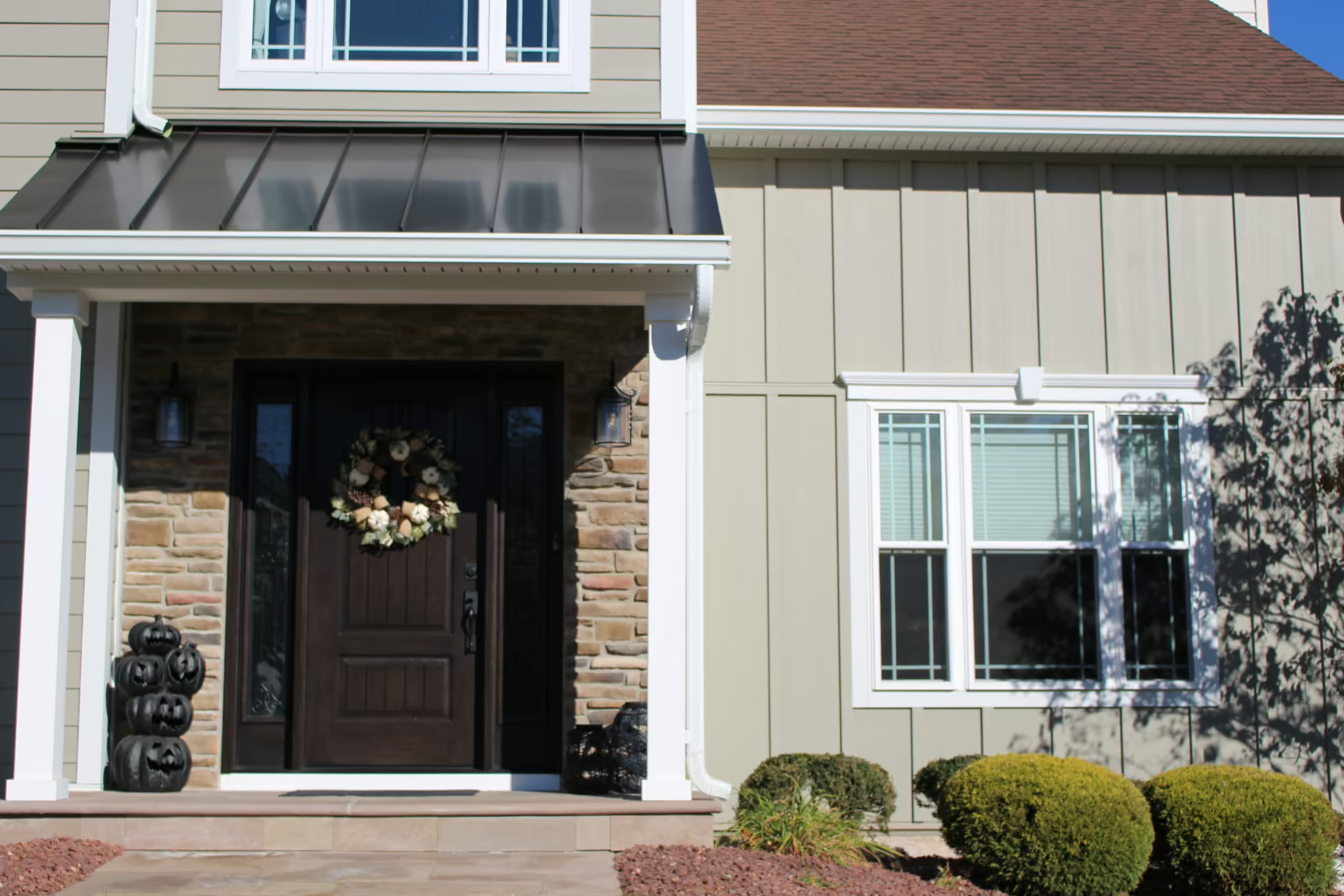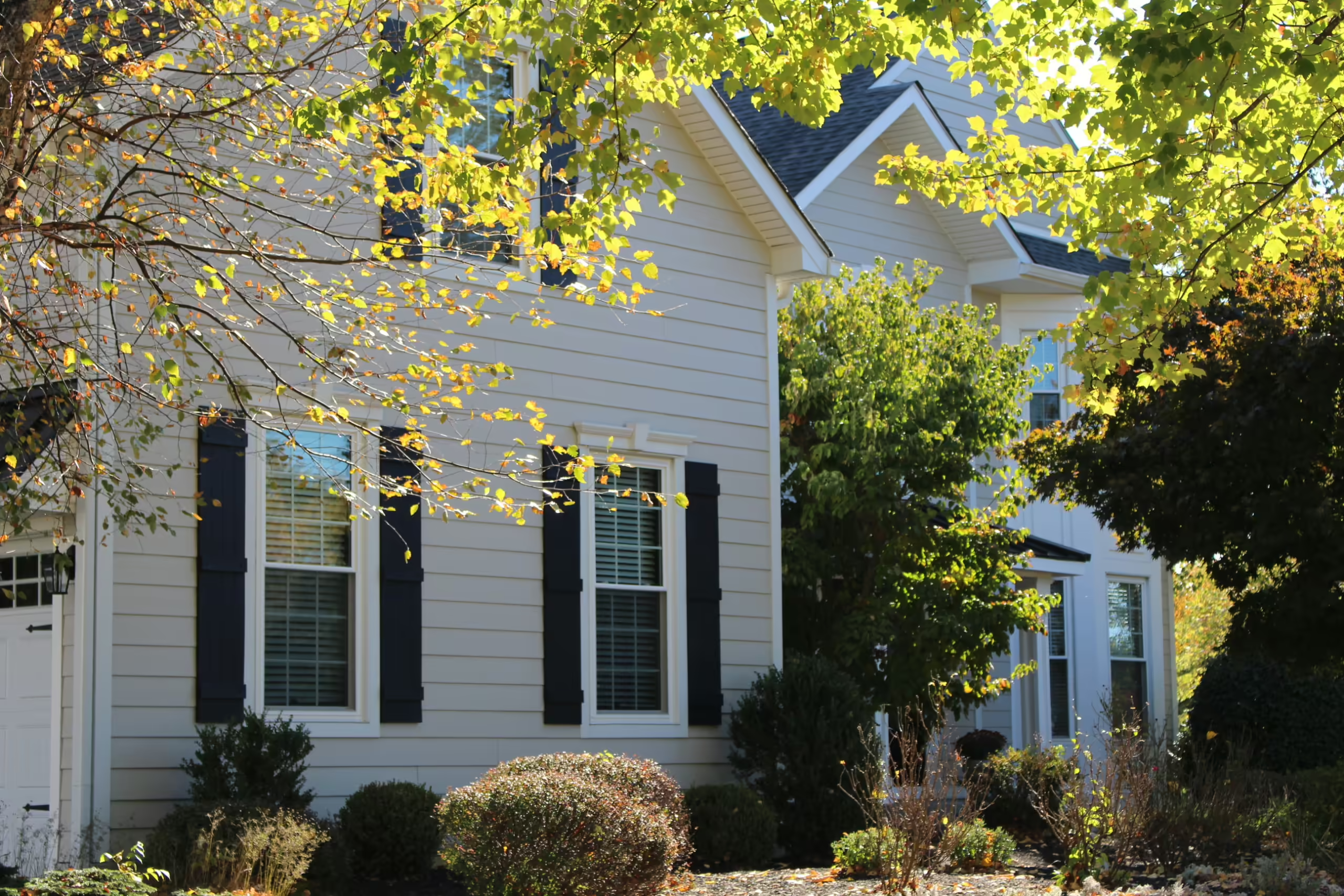Porous stucco is prone to absorbing moisture. The problem is that this often goes unnoticed by homeowners, giving it time to fester and do extensive damage to homes. Stucco looks beautiful, but the hidden trouble that’s often brewing beneath the surface can lead to structural damage.
How do you know if your stucco needs attention? Read on to discover warning signs indicating your stucco may need remediation—and the sooner you act, the better. Remediation addresses the root cause of stucco damage. It is the only permanent solution to failing stucco.
7 Signs You Need to Look into Stucco Remediation
When water infiltrates stucco, trouble is just ahead. What may look like an innocent little situation can mushroom into the need for major intervention. If you see any of the following, contact a stucco remediation service and have them do an inspection of your siding as soon as possible.
1. Siding discoloration appears under your windows
When moisture gets trapped in your stucco, it isn’t visible right away. But it can be detected when you see discolored stucco under your windows. These “stucco tears” are evidence you have a siding issue that needs to be addressed.
What to look for: If there are brown streaks or any type of discoloration around your windows, water has invaded your stucco.
2. Unhealthy mold invades
Mold grows in specific conditions. It needs moisture and darkness to thrive. And stucco that has been infiltrated with water provides both. This unhealthy mold growth can get worse over time and turn into black mold, creating serious damage and an unsightly appearance to your stucco siding.
What to look for: If you see or smell mold, your stucco may have suffered moisture damage. Pay attention to staining or discoloration anywhere on your stucco’s surface. It may be mold.
3. Your stucco cracks
Stucco can initially crack for a variety of reasons. If it wasn’t installed properly, something heavy impacted it, or your stucco’s age and thermal expansion took a toll on it—cracks can result. Once cracks show up, they make your stucco vulnerable to water damage.
What to look for: If you see even small cracks in your stucco siding, contact a reputable contractor (like us!) and have them inspect your siding.
4. Your stucco crumbles easily
If your stucco was not installed correctly, or water has invaded it, you may notice that it crumbles in your hand. Not good!
What to look for: If you touch your stucco and it crumbles or breaks off easily, there are moisture issues beneath the surface.
5. Your exterior caulking becomes damaged
The transition between stucco and other materials must be properly sealed to avoid stucco damage. Caulking is the finishing touch around your exterior’s vulnerable areas. It ensures your house is well sealed against moisture intrusion at the joints around your windows, doors, and more. If you notice it is damaged, get curious about why, and realize that issues with caulking open the door to water damage.
What to look for: If your exterior’s caulking looks dried out, appears damaged, or has gone missing—then your home has already been exposed to water infiltration.
6. You experience leaks inside your house
The water that has passed through your exterior due to stucco failure will make its way into your home’s interior. It can show up as leaks in your ceiling and flooring. This situation creates the need for major renovations inside as well as stucco remediation.
What to look for: If your carpeting is wet for an unknown reason, your failing stucco may be causing it. This problem indicates significant damage has already occurred, and stucco remediation is needed.
7. Your home’s walls rot
Over a period of time, the moisture that penetrated your siding will rot behind stucco walls. This scenario can take place in new and old homes alike. Don’t think you are exempt if your home is newer. If it’s covered in stucco, your home is at risk of this situation. The trapped moisture leads to severe rotting in the layers that make up your walls. Your home’s walls can even get to the point that they no longer provide the support they were created to deliver, making your house unsafe and putting you and your loved ones at risk. Don’t let your home’s structural framing rot away. Without acting quickly, your property could experience significant structural damage.
What to look for: This significant issue can be spotted by paying attention to all the items on this list. If any of them are overlooked, trouble is ahead.
Signs You Need to Look into Stucco Remediation
Understand the Difference between Stucco Repair and Stucco Remediation
Stucco Repair
This is a temporary fix to your stucco dilemma. It doesn’t look at or address the root cause of stucco issues. If you have your stucco repaired, the same problems you are currently experiencing will very likely reoccur in the future. Plus, since repairs are only on the surface, no one is looking at what’s happening under the surface. If there are hidden pockets of moisture in your home due to stucco failure, they will keep doing more damage until they are uncovered and dealt with.
Stucco Remediation
This is a permanent solution to your home’s stucco issues. It includes:
- Removing your damaged stucco
- Fixing the underlying problems
- Repairing doors and windows
- Installing new water-resistant siding to your home (like James Hardie) so you never have to deal with this problem again!
Have Your Stucco Inspected for Damage by the Experts at Preferred Home Improvement
You shouldn’t have to worry about whether your stucco is currently being damaged by moisture intrusion. Take the mystery out of the equation by having it inspected by our experienced team. At Preferred Home Improvement, we have over 35 years of experience providing siding solutions for homeowners in Bucks, Chester, Montgomery, and Delaware County. Learn how our stucco remediation services can solve your stucco problems for good!



